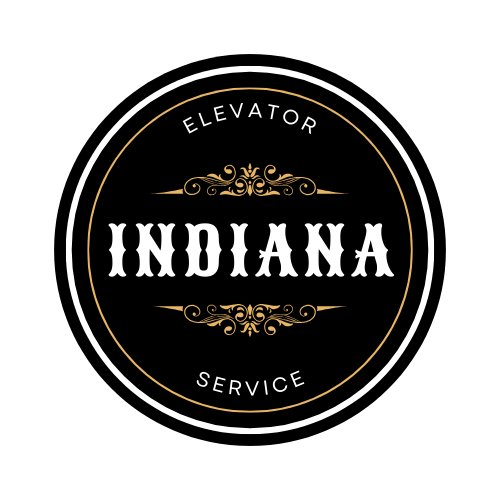Elevator Buttons & Fixtures
Learn More About Elevator Pushbuttons & Fixture Components
Elevator Buttons & Elevator Fixtures: What to Know
Have you ever thought about the importance of elevator buttons and fixtures? These small yet crucial elements play a significant role in not only the functionality of an elevator but also in user experience for Americans. Elevator buttons and fixtures, including floor selection buttons and the door open button, help us navigate through floors, while fixtures provide information and add to the overall aesthetics of elevators. In this blog, we will take a closer look at elevator buttons and fixtures, their evolution from manual to automated systems, and modern innovations that have revolutionized them. We will also discuss the importance of user-friendly button design, including button placement and layout, as well as how touchless controls have added to user convenience by allowing doors to stay open for extended periods and accelerating the door-closing process. Join us as we explore the world of elevator buttons and fixtures and the crucial role they play in the opening and closing of elevator doors with the close door button.
Understanding Elevator Buttons and Fixtures
Elevator control panels allow for floor selection and system interaction, featuring open, close, and emergency buttons. The durable button panels and fixtures are designed to enhance the elevator's functionality and user experience.
Role of Elevator Buttons in an Elevator's Functionality
Elevator buttons enable seamless floor selection and adhere to ADA specifications. The car operating panel (COP) includes braille for the visually impaired. Stainless steel fixtures ensure durability and a modern aesthetic.
Types of Elevator Fixtures
Types of elevator fixtures vary widely, encompassing traditional push buttons and touchless controls. The wiring and insulation of the button panel are engineered for optimal functionality, available in materials like stainless steel and PVC. Modern fixtures also incorporate inverter technology for efficient operation. There are truly a limitless combination of materials and styles of elevator buttons and fixtures - we'll help you design your perfect fit today!
Evolution of Elevator Buttons and Fixtures
The shift from manual elevator buttons to automated systems has improved user experience. Contemporary elevator fixtures feature touchless controls for added convenience, reflecting technological and interface design advancements.
From Manual to Automated Systems
The transition from manual elevator buttons to touch-sensitive, push-button, and touchless control panels has improved operational efficiency. Automated elevator fixtures contribute to enhanced cleanliness and hygiene in public spaces.
Modern Innovations in Elevator Buttons and Fixtures
Incorporating advanced technology like touchless controls, proximity sensors, and LED displays, modern elevator fixtures enhance user experience through intuitive, user-friendly designs. With the rise of touchless fixtures due to COVID-19, hygiene and cleanliness are prioritized.
Importance of User-Friendly Button Design
User-friendly button placement and layout in elevators contribute to a seamless user experience. Elevator button panels are strategically designed for intuitive navigation and ease of use, ensuring user convenience and accessibility.
Button Placement and Layout
Designed to accommodate disabilities, elevator button placement follows accessibility standards with clear indicators for straightforward navigation, including braille and tactile indicators. The layout ensures user-friendly and easy-to-read floor indicators.
How do touchless controls add to user convenience?
Touchless elevator controls enhance user convenience by eliminating the need for physical contact. With no buttons to press, passengers can experience a more seamless and hygienic elevator ride. The integration of touchless controls in elevator fixtures reduces the risk of germ transmission, making it safer for passengers in high-traffic areas.
Conclusion
In conclusion, elevator buttons and fixtures play a crucial role in the functionality and user experience of elevators. From the early manual systems to the modern automated ones, elevator buttons and fixtures have evolved to enhance convenience and safety. User-friendly button design, including proper placement and layout, ensures ease of use for passengers. Additionally, the adoption of touchless controls adds an extra level of convenience and hygiene. As technology continues to advance, we can expect further innovations in elevator buttons and fixtures to improve the overall elevator experience. So next time you ride an elevator, take a moment to appreciate the thought and design behind its buttons and fixtures.
FAQs
What other people are asking about elevators
Contact Us
Contact Us
Don't be a stranger!
350 Massachusetts Ave # 210
Indianapolis, IN 46204
